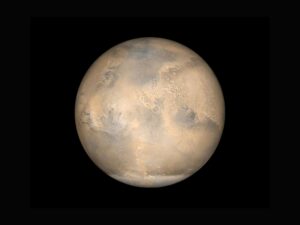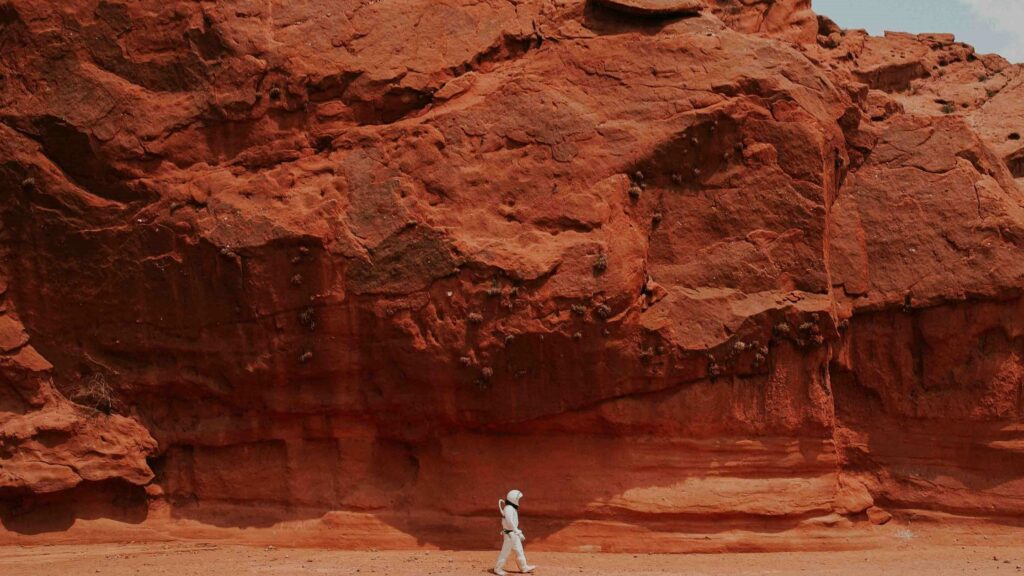Mars is one of the closest planets to Earth and resembles some of the standard features of inhabitable planets. And because of this, the leading space programs, especially SpaceX, plan to inhabit the red planet. But why Mars? This is important, and the answer lies on the Mars surface. So, let’s look at the fascinating planet, which has been the next goal for civilization since the moon’s landing.
Interesting Facts Regarding Mars Surface
From the very onset of astronomical studies, Mars has been the centre of the conversation. Even the ancient ones had significant perceptions and theories about the red planet. However, with modern science and increased research capabilities, scientists have a better idea about the earth. Thus, it’s much more important for humanity today to harness all the benefits of the knowledge regarding Mars—it can be fruitful for the safety and future of civilization, especially for inter terrestrial travel.

Life On Mars Surface
Today, Mars’s surface is full of rocks, dust and oxidizing-rusty materials. However, in the past, scientists believed that the planet had life and water. The surface can not sustain water for long periods, but there are traces of water trapped in the thin ice sheets.
- Mars’s diameter is half the Earth
- The largest volcano-Olympus Mons, which is three times Mount Everest
- Martian canyons are ten times the size of the Grand Canyon
The Dimensions And Atmosphere Of Planet Mars
Even though Mars is smaller than Earth, it has some of the grandest geographical niches. On top of that, the atmosphere of Mars has over 95 per cent of carbon dioxide. Meanwhile, other gasses like nitrogen, argon and oxygen comprise 5 per cent.
- No magnetic field
- Winter temperature- 0 degree Celsius
- Summer temperature- 24 degrees Celsius
Other Facts About The Red Planet
The Red Planet is full of fascinating details, just the tip of the endless universal objects. Moreover, with the ability to find new data using telescopes and probes, humans can discover the following facts.
- Phobos and Deimos are two moons of Mars
- Named after the ancient Roman God of war
- It had the potential for life 3.5 billion years ago
Conclusion
Mars, one of Earth’s closest planets, is the focus of space programs like SpaceX. Its surface is filled with rocks, dust, and rusty materials, but scientists once believed it had life and water. Mars has a diameter of half Earth, a large volcano, and a large atmosphere with over 95% carbon dioxide. Its moons, Phobos and Deimos, and potential for life date back 3.5 billion years ago.
Frequently Ask Questions (FAQs)
What is Mars’s surface like?
The most prominent features of Mars’s surface are:
- Rocky plains
- Numerous craters
- Red dust
- Lake beds
- Canyons
Can we live on Mars?
Yes, it is possible to live on Mars.
Is there any oxygen on Mars?
The Mars surface is mostly carbon dioxide. However, there are some traces of oxygen present.
Does it rain on Mars surface?
There is no rain on Mars because of low air pressure. Therefore, the process of evaporation does not exist on the planet.
Is Mars older than the Earth?
Mars is older than Earth by .060 billion years.
How long is one day on Mars?
One day is around 40 minutes longer compared to Earth.

